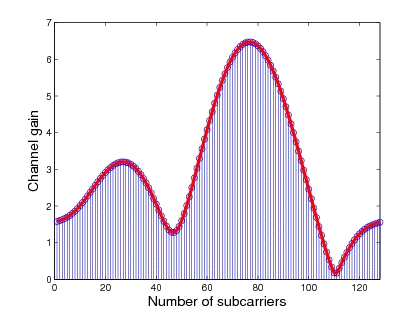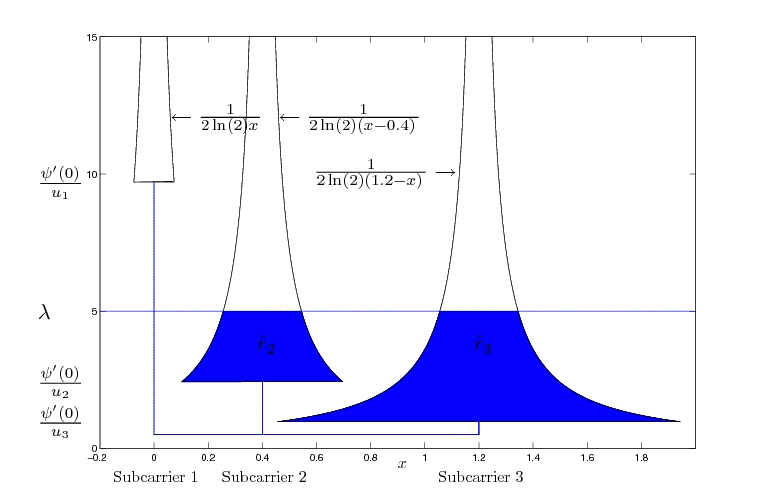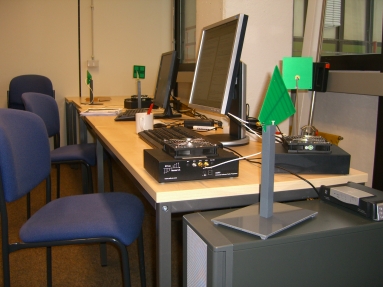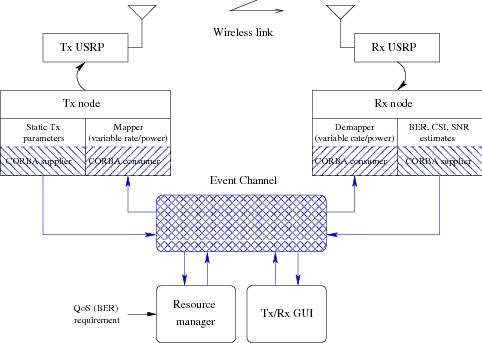OFDM Systems




Introduction
Orthogonal Frequency Division Multiplex (OFDM) transmission technology is an effective implementation of a multi-carrier modulation principle where a serial high-rate data stream is splitted into multiple parallel low-rate streams, each modulated on a different subcarrier. This principle transfers the frequency selective broadband channel to a multitude of flat narrowband channels. Additionally, the channel becomes robust against multi-path propagation. Moreover, OFDM is easily combined with multiple antenna technics (MIMO). Due to its excellent performance, high flexibility, and simple implementation, OFDM is the basis of a number of recent standards like DSL (Digital Subscriber Line), LTE Advanced (Long Term Evolution), DAB (Digital Audio Broadcasting), DVB (Digital Video Broadcasting), WLAN (Wireless Local Area Network) IEEE 802.11 a-g, and WiMAX (Worldwide Interoperability for Microwave Access) IEEE 802.16. Particularly for networks, interference becomes a driving factor for system performance and, hence, is a hot research topic.
Topics
Optimum Resource Allocation
In a multiuser environment, different subcarriers can be assigned to different users such that the available spectrum is shared between a community of stations. This principle forms the basis of OFDMA (OFDM Multiple Access). Problems of maximizing rate or minimizing power in a single cell environment are discussed in optimum resource allocation.
GNU Radio Testbed (TIGR)
Optimal resource allocation requires precise estimation of the channel state. For simulation purposes accurate channel models, well adopted to measurements are needed, see Semi-stochastic MIMO channel models. However, for even more realistic channel characteristics we exploit the SDR (Software Defined Radio) platform GNU Radio as testbed.
Cyclostationary Spectrum Sensing
There is a lot of unused spectrum available. Cyclostationary Spectrum Sensing may help to detect those free resources for reuse.
OFDM Networks
Within a single cell OFDM enables for transmission without interference. However, in OFDM Networks interference is a driving factor for potential performance reduction. Thus, this is an interesting and challenging field of research.
Contact
For further information contact Michael Reyer.
***
Aktuelle Informationen gemäß Art. 13 DS-GVO:
Datenschutzhinweis ***
Impressum ***

